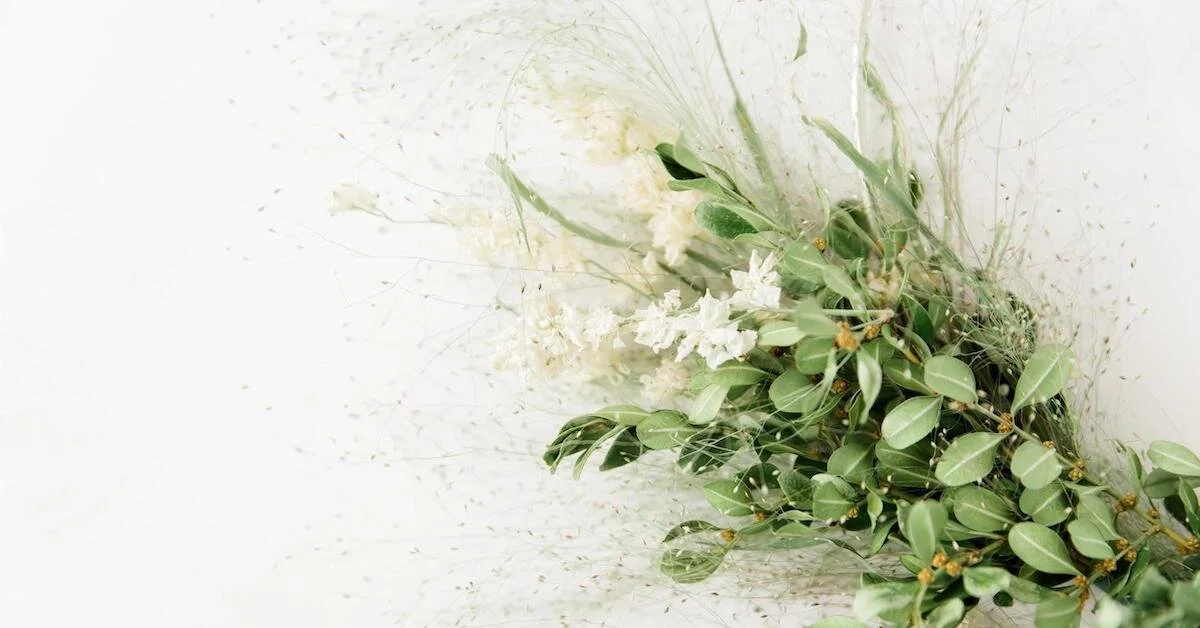Easily Propagate Your Favorite Plants: Here's How
Blush Yarrow is easy to propagate and easy to grow.
If you have a beautiful plant that gives you beautiful flowers or foliage, chances are there's an easy way to have more. It's called propagation, which means creating new plants from existing plants.
Propagation can include saving and sowing seeds or digging and dividing root or bulb clumps, but the easiest way is to cut a stem from the parent plant and plant it into the soil to grow a new plant.
Why and How to Propagate Plants
Perhaps you bought a seed mix, but one plant in particular produces a beautiful color of flower that is your favorite or most useful to you. Propagation is an easy way to make and grow plants with only the color flower you desire.
Maybe you've discovered an awesome plant while foraging, and you can replicate its growing conditions on your property. Check first that it's not invasive, then take a cutting and produce your own plant!
The process is surprisingly simple. You need only sharp scissors or snips, potting soil and a 4-inch pot, and rooting hormone powder. This powder is easy to find in stores or online. With many plants, this powder is not even necessary for rooting healthy new plants.
Important note before you start: Some plants are protected by patents. These plants should not be propagated. Plant breeders have poured their lives into creating special varieties of plants and deserve the reward for their efforts. The tag on your original plant or a Google search of the name of your plant variety will tell you if propagation is prohibited.
The bottom of the stem is slightly woody. The lower leaves are stripped off leaving.
steps For easy Plant propagation by cutting:
First, select your parent plant. It should be a healthy plant with nice fresh spring growth. You want to snip off a freshly grown stem, usually at the base of the plant, but you don't want that stem to be blooming. The energy of the stem will go toward the flower instead of developing roots and your chances of success will be lower.
Cuttings should be taken early in the morning when the stems are full of water and should be potted up immediately! So have your pot, soil, and rooting hormone (if using) ready to go before you take the cutting. If you can tug the stem from the base of the plant or cut so that the stem has some bark on the end, that will be best.
Your cut should be about 4 inches long, and you should strip the leaves down to just one set at the top. Again, this keeps the stem from using energy on the leaves and gives it the power to put into root growth.
Firmly press your soil mix into the pot and insert the bare leg of your stem into the soil. Use a fine mist or spray to water the cutting well.
Cuttings need a warm, humid environment to root well. Often, placing a plastic sandwich bag over the pot for a week or two will help. Make sure the stem or leaves are not touching the bag. A greenhouse or bathroom will work. Kitchens are often very warm and bright. However, don't place the cutting on a window sill with direct sun as that can often burn the tender shoot.
Rooting time varies by plant, anywhere from 1 to 4 weeks. Don't be in a rush to transplant. Let the plant grow big and lush until you see roots peeking out of the bottom of the pot. Then transplant on a mild day and water deeply.
Scented Geranium leaves framing Roses and Dahlias.
List of Easy to Propagate Plants
Here are some easily propagated plants that also provide beautiful flowers or foliage for cutting. Many of these you can also find or use in your landscape.
Yarrow: Yarrow sends out little shoots from the base of the plant. These are perfect for tugging out of the ground for your cutting. An early spring cutting can be planted by the end of spring and will give you flowers by autumn—sometimes sooner depending on your growing zone.
Scented Geraniums: These are very easy to propagate. No hormone or plastic bag is necessary—just keep the soil moist and in a warm spot.
Chrysanthemums: These plants do well as excellent choices for early spring propagation, especially heirloom varieties. Cut the stem from the new shoots at the base of the plant and follow the basic cutting instructions above. You can create dozens and dozens of new plants from one single Chrysanthemum parent plant.
Climbing Honeysuckle: This one quickly roots in 4 weeks. Take cuttings that are at least 2 inches long.
Mock Orange: This is easily propagated by cuttings and has a wonderful scent!
Clematis: Cuttings should be taken when the plant is in full growth, late spring to mid-summer.
Ivy: While extremely easy to propagate by cuttings, ivy needs to be kept out of direct sunlight.
Lavender: This does best when cuttings are taken after the plant has already flowered in midsummer.
Hydrangea and Verbena: Cuttings from both of these plants benefit from being dipped in a basic rooting hormone.
Hypericum: Choose stems that are more mature, hard when cutting, and kept out of the direct sun.
Lilac, Salvia, and Weigela: All three of these cuttings work best if the stem is slightly mature and a little woody, not fresh, and green like yarrow or chrysanthemums. Dip in rooting hormone and tap off excess powder.
An heirloom Chrysanthemum is easily propagated!
You'll be surprised how easily your favorite plants are propagated and how soon you will see flowers and foliage from your new plants. The ability to choose a plant with your exact needs for flower shape, color, and form is an excellent way to grow with intention and to be sure all your gardening efforts pay off!
Happy Growing!










